Physics
Fox
Summary
- Current is an important concept in electricity, and is defined as follows:
Current is the rate of flow of electrons.

- Another way to think of current is the number of electrons flowing past a point in 1 second.
-
Current has the symbol ɪ, and is measured in units of Amperes (often shortened to Amps):

You may heard the word ‘current’ before, when talking about water:

 The water in the top video has a lower current than the water in the bottom video.
The water in the top video has a lower current than the water in the bottom video.
We say the water on the top video has a low current, and the water on the bottom has a high current. This is because current is the rate of flow of water.
Another way to think of current is as the amount of water that flows past a point in 1 second. For example, in the top video, not much water flows past the stick in 1 second, so we say it has a low current. In the bottom video, a lot of water flows past the stick in 1 second, so we say it has a high current.
We can define electrical current in the same way; but instead of the flow of water, we consider the flow of electrons: Current is the rate of flow of electrons.

Another way to think of current is as the number of electrons that flows past a point in 1 second.
Electrical current is higher when electrons are moving faster, or when the number of electrons increases.
Current uses the symbol ɪ, and has a unit of Amperes (A) — although most people call them Amps instead.

For example, a standard phone charger uses a current of 1A. A hairdryer might have a current of 10A.

You might be wondering why current has the symbol ɪ. This is because it used to be called ‘current ɪntensity’ back in the day.
The SI unit of Amperes is named after the scientist André-Marie Ampère. Like Coulomb, Ampère is also in the Eiffel Tower engraved name club. Sacre bleu.

I confess, I have told a slight lie in the definition of current above.
The real definition requires knowing what a Coulomb is, which was covered an optional section of the charge page.
Current is the rate of flow of charge.
Another way to think of current is the number of Coulombs of charge flowing past a point in 1 second. (Therefore 1 Amp is the same as 1 Coulomb/second.)
The idea of current is the same as we have learnt above, but this definition is more general that just electrons — any charged particle (such as protons or ions) can also produce a current.

Congratulations!
5 of 5 questions completed
+ ⭐️ collected.
Sign up (for free!) to:
• save your progress 📊
• create constellations✨
• customise your fox! 🦊







